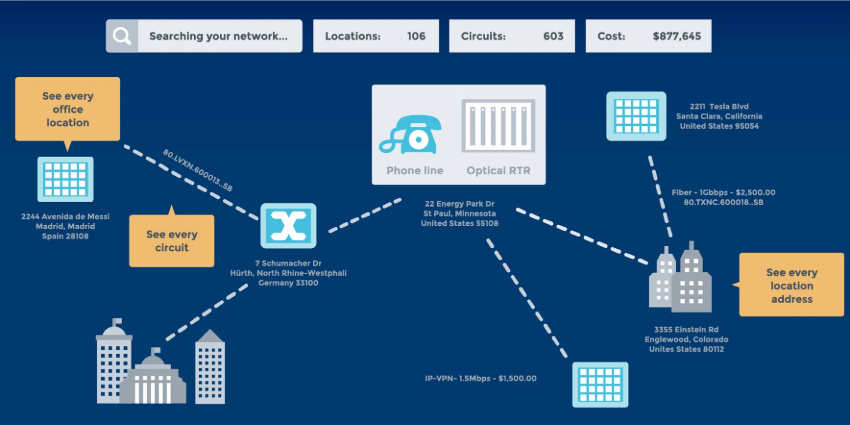Cisco Spark began in the cloud, but the application for team collaboration turned unified communication platform is also an optional engine for in-built communication hardware. At the Enterprise Connect conference 2017, which UC Today was lucky enough to attend, the Spark Room Kit Plus and Spark Room Kit were introduced.
These devices for video conferencing can communicate with any third-party display. The hybrid technology includes a microphone, speakers, codec, and cameras that are powerful enough to manage conferencing in a room big enough for 15 people. The room kits are all controllable through Cisco on-premises UC gear, or the company’s Spark Cloud. This approach differs from the Spark Board Interactive Display that launched in January. The connected video conferencing system, innovative electronic whiteboard, and presentation screen can be controlled using the Spark app on the cloud.
More About the Room Kits
The Cisco Room kits currently don’t come with whiteboard capabilities; however, they can display content and provide video conferencing from different user devices. The systems can switch on automatically when a person enters a room with a mobile device that’s registered on the Spark Cloud, or through Cisco’s UC manager.
The always-on feature of the room kits make it much easier for users to access the devices during a small conference room experience or impromptu meeting. This is ideal in a world where ad hoc meetings are becoming increasingly more common. After all, we’re all facing a workplace that’s more flexible, versatile, and remote than ever before.
The new opportunity to connect Room kits to the cloud, or an on-premise system is a nod to the roots Cisco grew as a hardware manufacturer. Today, most customers utilise on-premise Cisco equipment, and aren’t willing to simply give up their investment so that they can move into the cloud. Spark Board, and Spark, on the other hand, might represent the future of Cisco technology. Sales of on-premise only and networking UC hardware are beginning to slow down. In an attempt to re-energize sales, Cisco is gradually moving its customers more towards it’s cloud-based and software services.
Cisco Spark Meetings
To help with the transition into the cloud, Cisco announced at Enterprise Connect that, beginning in May, an on-premises video conferencing solution, such as Microsoft Skype for Business, would be able to join Spark meetings through on-premise hybrid software. Cisco introduced their hybrid software during November 2016, alongside a flexible plan for on-premise, cloud, or hybrid products. Companies can choose between switching to a hybrid option, or the cloud at any given time, without affecting the original price of their plan.
Another announcement that we witnessed this week at Enterprise Connect, involved the issue of security. Cisco introduced a new option for downloading the key management software for Spark, so that security-focused companies could control the decryption and encryption of content moving back and forth through the cloud.
This latest development is critical for financial institutions and government agencies, considering subscribing to new cloud services, according to the marketing director for Cisco collaboration items, Angela Mistretta.
Additionally, Cisco further unveiled a cloud-based customer service software solution at Enterprise Connect, called Spark Care. The product will allow up to 20 service agents the chance to handle as many as five chats and one call back at a time, with visitors on company websites. Annual subscriptions cost about $200 per user.







